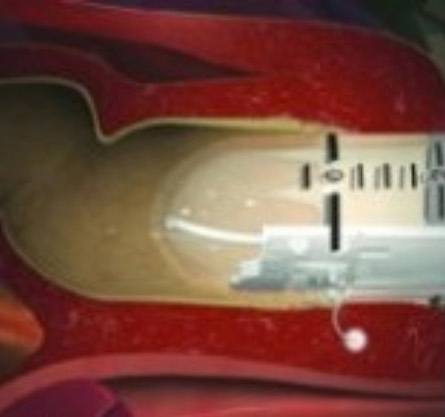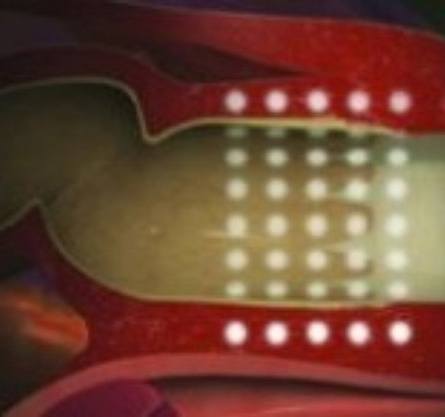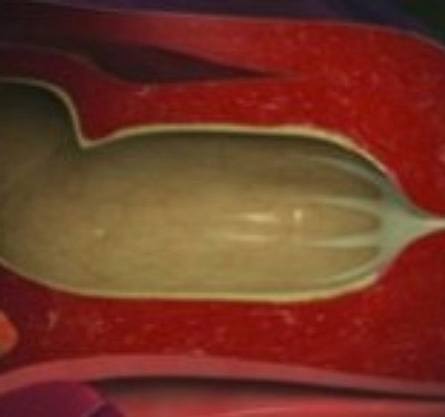
Bowel Incontinence:It’s more common than you think
An estimated 20 million people in the U.S. struggle with bowel incontinence, and an estimated 80% suffer in silence. Secca therapy is a safe, effective, minimally invasive procedure to treat bowel incontinence. Secca therapy is an innovative treatment option for patients with BCD, who have not responded to conservative treatments and would like to avoid invasive surgery or implants.


Did you know?
- Bowel Control Disorder (BCD) affects an estimated 20 million adults in the U.S.
- Up to one-third of women who have given birth have some level of BCD.
- In males, bowel incontinence is frequently associated with local injury or disease.
- Bowel incontinence is the second leading cause of admittance to nursing homes in the US
- The stigma of the disease is overwhelming and results in depression, anxiety and social isolation
Regain Bowel Control, Regain Your Freedom
In clinical trials evaluating Secca therapy up to 84% of patients experienced a positive response to treatment for 5-years or longer.* The proposed treatment algorithm on the right balances the underlying cause of the disease and allows for the selection of therapies in a manner that takes into account the rates of success, contraindications, morbidity, cost, and ability to allow secondary or additive therapies. It is important to note that treatment with Secca therapy does not preclude more advanced corrected procedures if warranted.


About Bowel Control Disorder (BCD)
Bowel Control Disorder can be triggered by a specific event or may develop over time with no single underlying cause. Damage to the anal sphincter may cause BCD immediately; however, most cases develop later in life. Other leading causes of causes of bowel incontinence are:
- Injury from childbirth
- Weakened muscle tone
- Anorectal surgery, such as hemorrhoid repair
- Accidents or other trauma to the sphincter muscle
- Anatomic birth defects
- Deterioration of nerve function
How Secca Works
This minimally-invasive outpatient procedure delivers radiofrequency (RF) energy to the muscle of the anal canal, remodeling the tissue for improved function. Secca does not utilize implants, incisions or stitches and takes approximately 30 minutes in an outpatient setting.
Patients return home the same day and resume normal activities in 1–3 days. Most Secca patients see immediate results. Studies have shown continued improvement in symptoms for up to 6 months post-treatment as tissue remodeling continues.
- Radiofrequency (RF) energy is delivered to the muscle of the anal canal
- Multi-level treatment improves structure of the underlying muscle
- Anal sphincter function is significantly improved


1 Radiofrequency (RF) energy is delivered to the muscle of the anal canal

2 Multi-level treatment improves structure of the underlying muscle

3 Anal sphincter function is significantly improved
Patient FAQs
Is the Secca Treatment for You?
Some patients are able to control their symptoms by altering their diet and/or taking fiber supplements, or through the use of anti-diarrheal medications. Many patients benefit from biofeedback (muscle retraining). However, if patients are unsatisfied or don't respond to these conservative treatments, Secca Therapy may be a good option.
What can patients expect in terms of improvements?
As every patient's underlying cause for bowel incontinence may be different, their response to Secca Therapy may also be somewhat different. Some patients see improvement more quickly than others and studies show the symptoms may continue to improve for 6 months or longer. Some patients' symptoms may worsen immediately after Secca therapy and this worsening may last for two to three weeks.
Do patients experience pain after Secca Therapy?
Patients may experience discomfort after Secca Therapy, which in most cases can be managed with OTC analgesia (acetaminophen), or in severe cases stronger prescription pain medications. Patients should refrain from using NSAIDs for two weeks after the Secca procedure. Patients generally return to normal activities in a few days.
